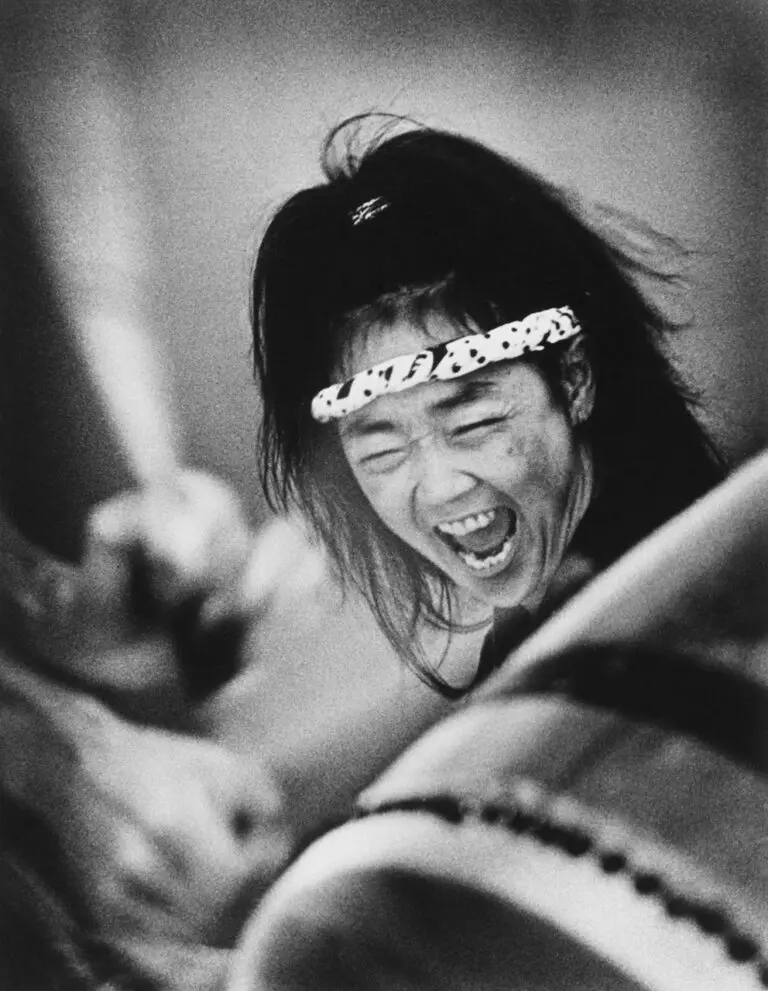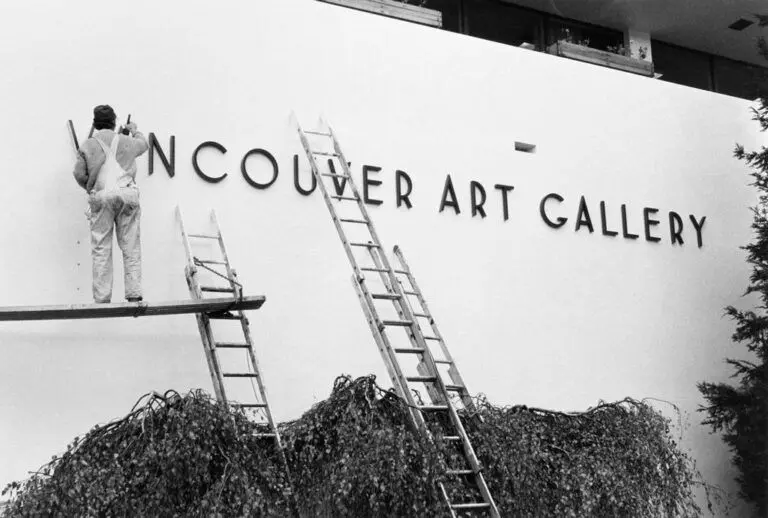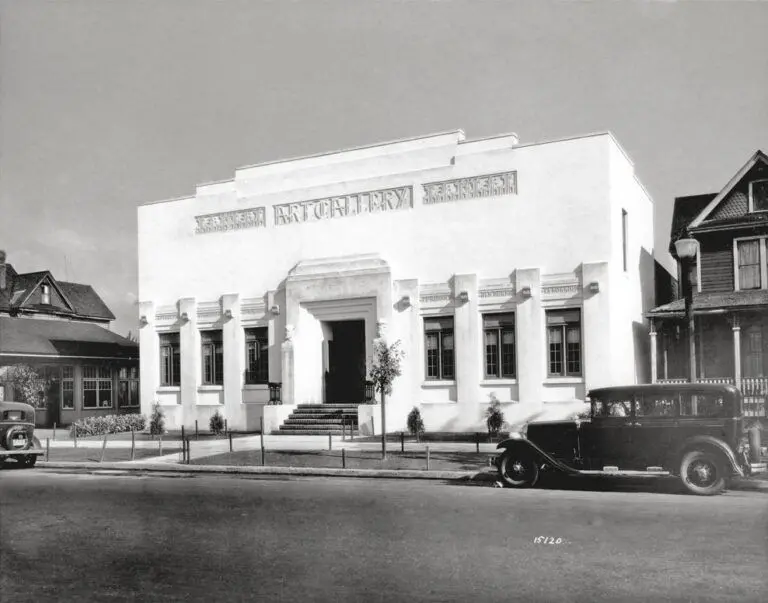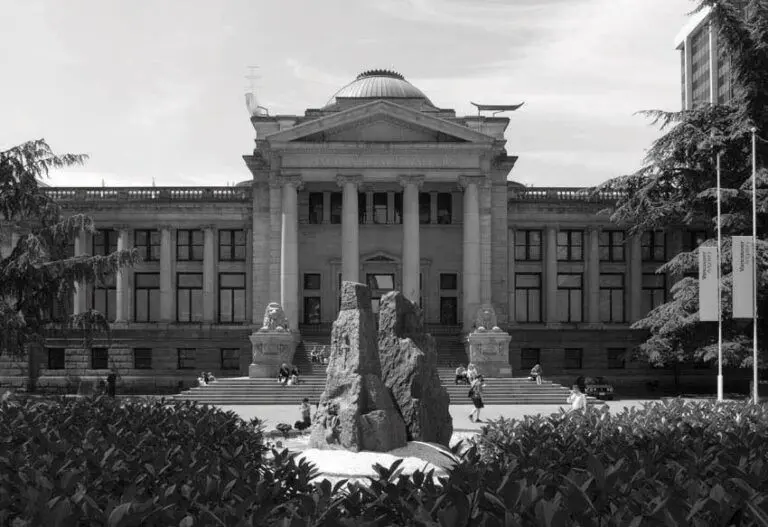History
BACKGROUND ON THE VANCOUVER ART GALLERY
Founded in 1931, the Vancouver Art Gallery is recognized as one of the most respected and innovative visual arts institutions in Canada and is committed to strengthening ties between artists and diverse communities throughout the City of Vancouver, the Province of British Columbia and beyond. As the largest public art museum in Western Canada, the Gallery features the work of groundbreaking contemporary artists from around the world, presents historical art of international significance, and provides a global platform for British Columbia’s dynamic artistic community, including the work of First Nations artists as well as art of the Asia. Its growing collection of over 12,000 artworks represents the most comprehensive resource for art in British Columbia and is the principal repository for visual art produced in the region, as well as related works by other notable Canadian and international artists. The Gallery also places an emphasis on advancing scholarship through major publications and presents a multitude of public programs that offer new ways to consider art for visitors who come from throughout the region and far beyond.
The Vancouver Art Gallery is a not-for-profit organization supported by its members, individual donors, corporate funders, foundations, the City of Vancouver, the Province of British Columbia through the BC Arts Council, the Canada Council for the Arts, and the Government of Canada’s Department of Canadian Heritage.
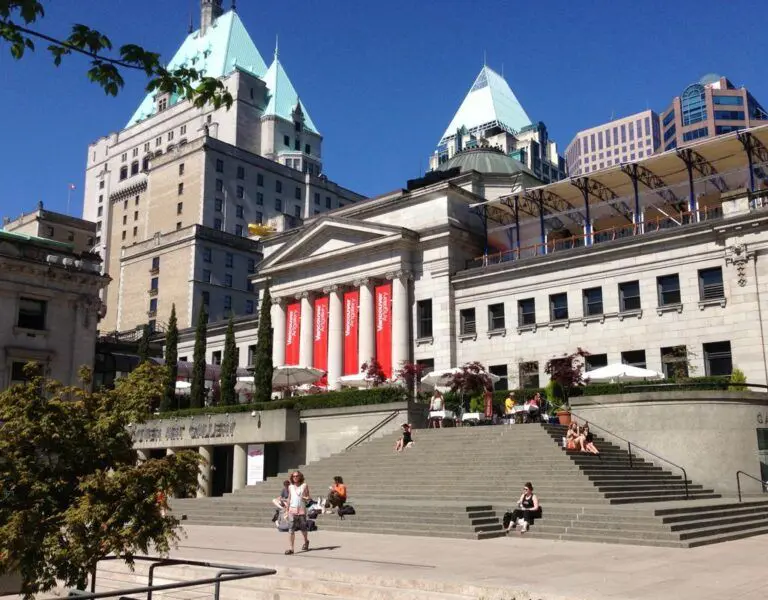
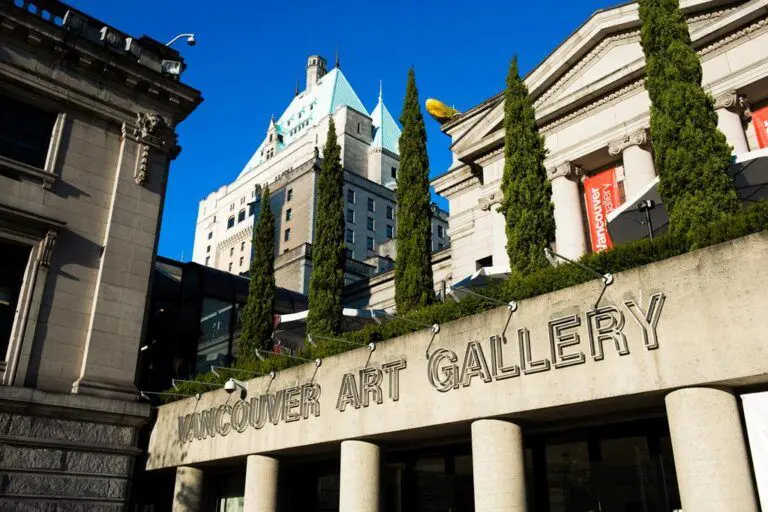
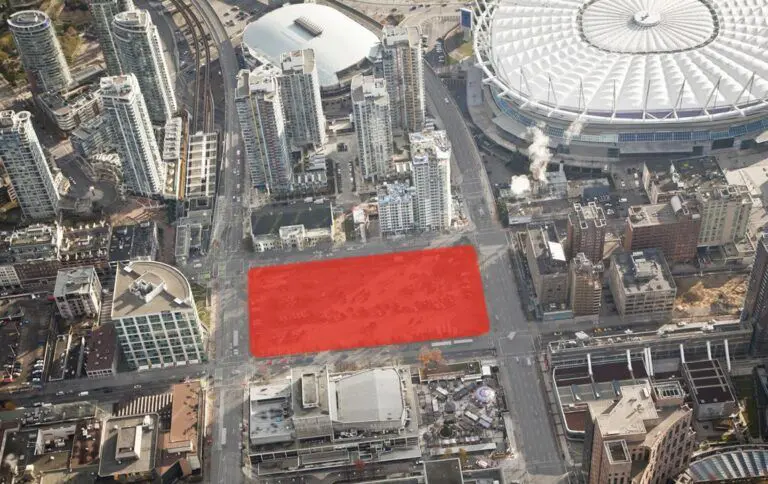
The site of the Future Vancouver Art Gallery
HISTORY OF THE BUILDING
The Vancouver Art Gallery was constructed in 1931 on a 132-by-66-foot site donated by the City of Vancouver at 1145 Georgia Street, several blocks west of where the Gallery now stands. Funded by the $130,000 raised by the Gallery Founders, it was built for a cost of $40,000. The Gallery was erected in a lot between a row of houses and a service station in what was then a residential area at the edge of downtown. Designed by local architects Sharp and Thompson, the building was constructed in the Art Deco style as a single floor of gallery space. Its façade incorporated a frieze on which the names of great painters were carved and the entrance was flanked by the busts of Michelangelo and Leonardo da Vinci.
In 1951, the Gallery was expanded to three times its original size in order to accommodate 157 works by Emily Carr, willed by the artist to the province of British Columbia before her death in 1945. Fundraising for the expansion was led by Carr’s close friend, Group of Seven artist Lawren Harris, who was instrumental in raising $300,000 toward the project, a sum matched by the City of Vancouver. Removing the Art Deco façade, architect Ross A. Lort remodelled the Gallery in accordance with the International Style popular in Vancouver at the time.
The Gallery remained at this location on West Georgia Street until 1983, when it moved to its present location bound by Georgia, Howe, Hornby and Robson Streets. As part of a land exchange between the Province of British Columbia and the City of Vancouver in 1974, the City acquired a 99- year lease of the 1906 neo-classical courthouse building. The monumental structure was designed by Victoria architect Sir Francis Mawson Rattenbury (1867-1935), a colourful figure originally from Yorkshire, England who moved to Canada in 1892 and established himself as the major institutional architect in British Columbia, also designing Victoria’s Legislative Assembly buildings and the city’s landmark Empress Hotel.
The Gallery commissioned Vancouver-based Arthur Erickson Architects to renovate the courthouse, which was part of the three-block development became known as Robson Square, one of Erickson’s largest and most renowned projects. Construction began on the $20 million redesign of the courthouse in December 1981 and the new Vancouver Art Gallery opened to the public in October 1983 with 41,400 square feet of exhibition space.
In 2004, a master planning process undertaken by the Gallery determined that the museum required a greatly expanded facility on a new site to accommodate growing demand for education programs and the display of the collection, as well as adequate storage space for new acquisitions. In 2013, Vancouver City Council designated the site at West Georgia and Cambie Streets for the new Vancouver Art Gallery, and in 2014 the internationally acclaimed Swiss firm Herzog & de Meuron was selected as the design architect. The conceptual design for the project was unveiled in September 2015.
